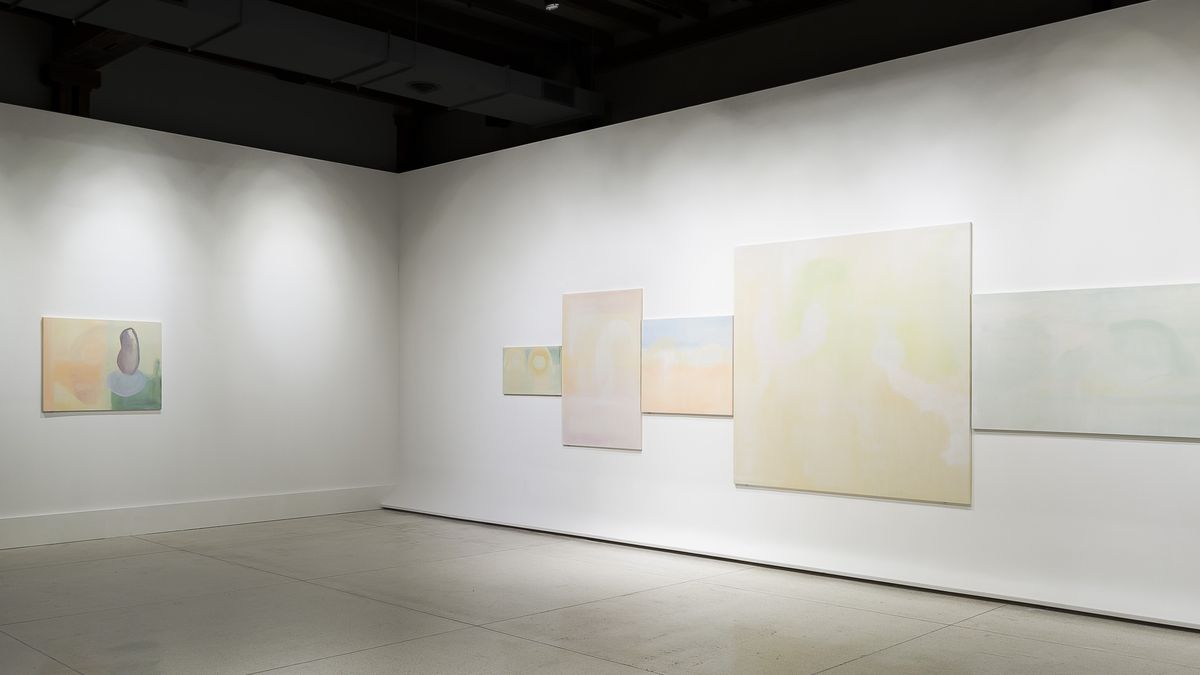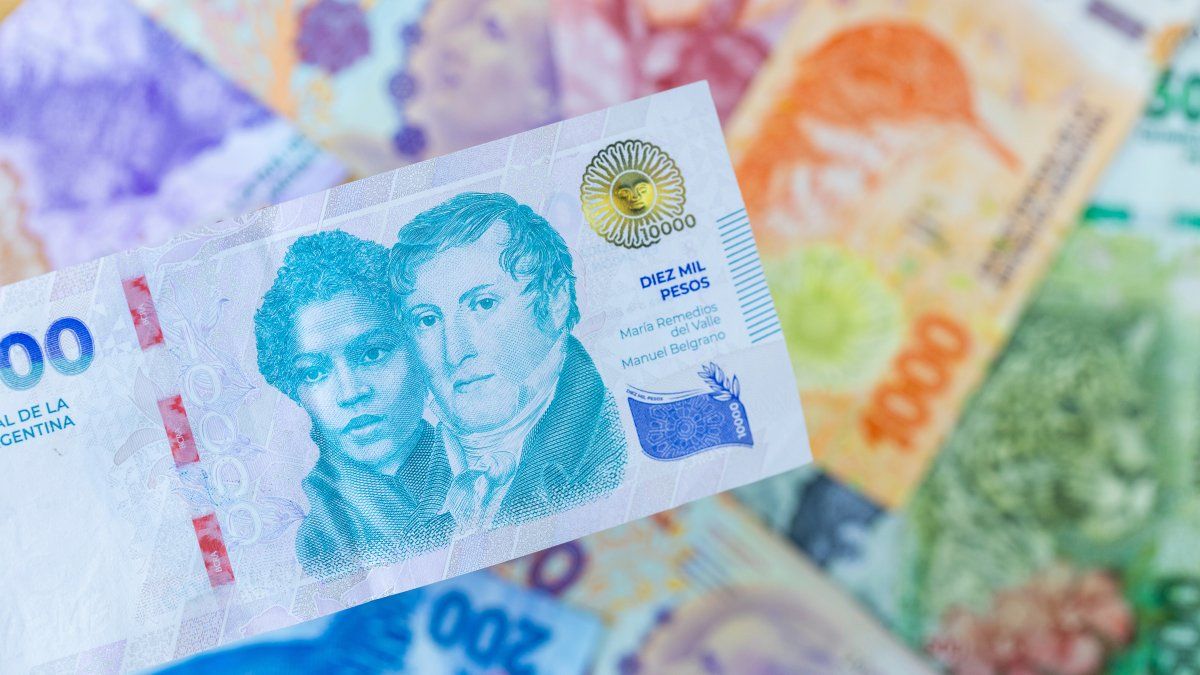The Calvaresi gallery exhibits “Subtractions”the latest series of paintings by Paola Vega (1977). In this new exhibition, curated by Sonia Beccethe work of Vega Until recently, it was completely abstract, but it reveals a formal question. In the previous paintings, those immense fields of pure colour where emptiness predominated, the forms were absent.
Today, on the contrary, The paintings in the exhibition display blurred shapes, as if the artist wanted to express the primary impulses that inspire her.. Perhaps these blurred visions represent images that cross his imagination while he paints. And there they are, like ghosts, amidst the dominant colours, pink, yellow, apple green and even turquoise, always subdued by white. The blurred shapes that can barely be seen emerge in this colourful mist and openly pose the spatiotemporal qualities of the works.
The artist herself mentions the slowness of the brushstrokes loaded with the almost watery lightness of very diluted oilIn this way, the smooth surface of the fabrics becomes an optical stimulus, the perfect invitation to stop and contemplate it.
When the discourse is silenced, while the gaze wanders through the paintings, the work facilitates the viewer’s entry into these spaces. Kandinsky spoke of art as “a nourishment for the spirit” and loved Schumann’s music, who, in turn, believed it fulfilled a purpose. And he stated this: “The artist’s mission is to shed light on the darkness of the human heart”.
While the viewer dives with pleasure into the waters of meditative contemplation, Paola Vega observe: “Every day everything seems more mysterious to me: life, death, the days, us, and of course, painting.”With this reflection, the noise of the world fades away. And, needless to say, so do the works of American Baroque, a style that has been gaining visibility and space in recent years.
In the unusual arrangement of the exhibition, several paintings of different sizes are hung next to each other. But the transition is fluid and the eye glides through without interference. Becceadds to her training as a curator (known mainly for the exhibitions she presented of Guillermo Kuitca and Felix Gonzalez Torres) that of a psychologist. And in the sample presentation text, she provides proof of mastery of both professions.
First, discover through an interview, the influence that the teachers exerted Tulio de Sagastizábal, Jorge Gumier Maier, Diana Aisenberg, Pablo Siquier and Jorge Macchi. Each one in particular. In addition, it highlights the artist’s research vocation, her interest in vindicating women already forgotten by the history of Argentine art. The compilation of the arduous work of finding “unfindable” photographs of just under a hundred of them in her workshops, from Leonie Matthis with a long dress in Mar del Plata Delia Cancela and others that belong to the 60s, was published in a book by the Iván Rosado publishing house.
In the presentation of the exhibition, the curator concludes: “If Paola Vega’s work can be seen as a continuous canvas, it is in the dramatic changes in the dimensions of her paintings that the variations and the pulses are found. She maintains four or five paintings at the same time, which all progress together almost imperceptibly from one day to the next. Thus she goes from painting a work of 200 x 230 centimeters to another adjacent one, of 20 x 30. She walks -brush in hand- around the walls of her studio where the paintings hang, making touches and retouches, but it is perhaps in the demand -and the novelty- of the small format where she finds the most important challenges and where paradoxically she feels most exposed. There is a halo effect, a mist that settles on the oils of her latest production, blurred images that are only noticed after the eye has become accustomed to it. In transit, in the coming and going, something is seen, but what is it? Paola says: ‘In the end, it is nothing.’”
Asked about her references in the art world, Vegawhich this week entered the Molaa collection in Los Angeles, names abstract painters, such as Agnes Martin, Robert Ryman, Blinky Palermo and Raoul de Keyser. Perhaps he decided to return to the purest abstraction.
Source: Ambito
I am an author and journalist who has worked in the entertainment industry for over a decade. I currently work as a news editor at a major news website, and my focus is on covering the latest trends in entertainment. I also write occasional pieces for other outlets, and have authored two books about the entertainment industry.




